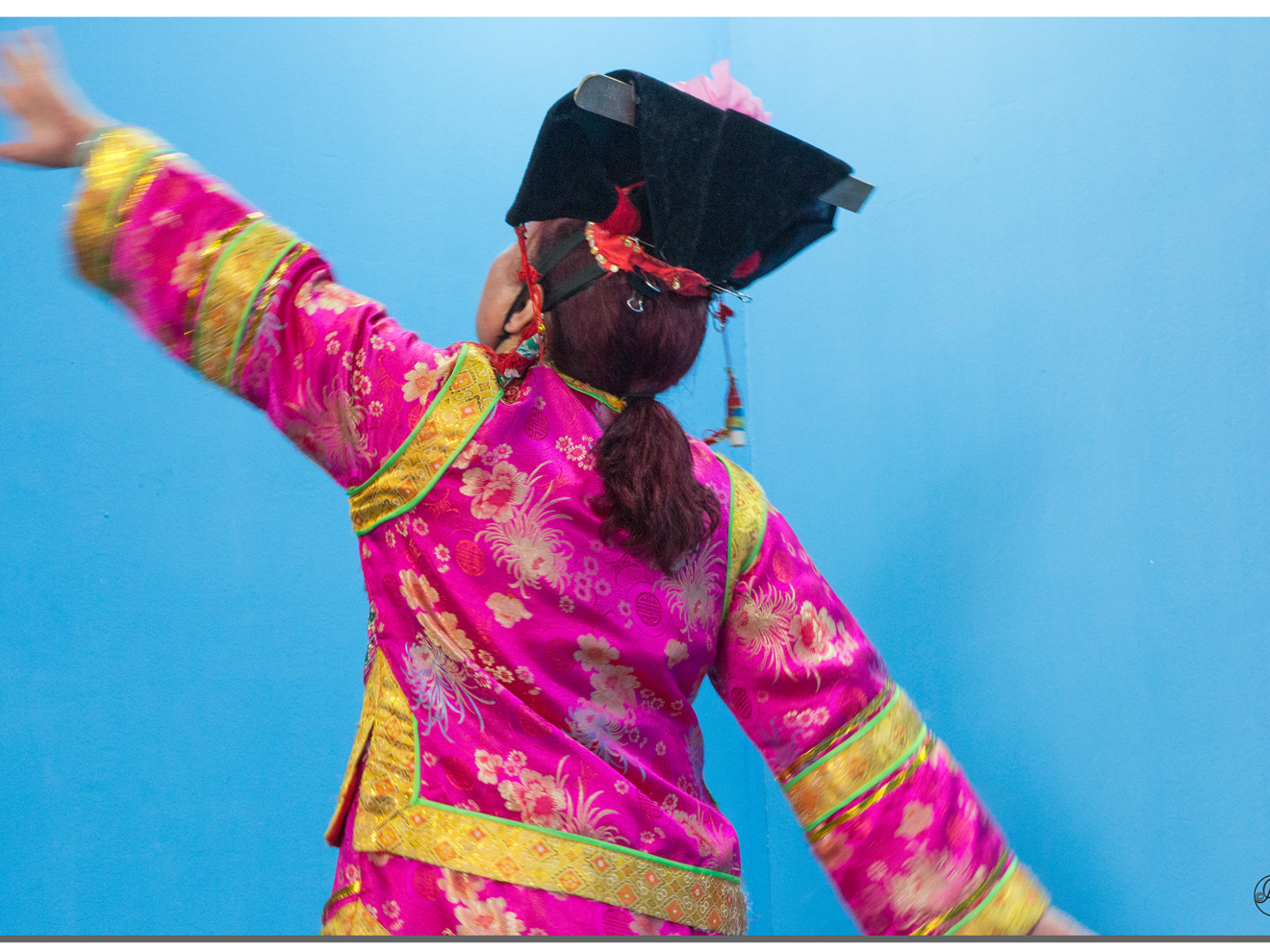Linköping
Linköping Is a city in southern Sweden, with 104,232 inhabitants in 2010. It is the seat of Linköping Municipality and the capital of Östergötland County. Linköping is also the episcopal see of the Diocese of Linköping (Church of Sweden) and is well known for its cathedral. Linköping is the center of an old cultural region and celebrated its 700th anniversary in 1987. Dominating the city's skyline from afar is the steeple of the cathedral. Nowadays Linköping is known for its university and its high-technology industry. Linköping wants to create a sustainable development of the city and therefore plans to become a carbon neutral community by 2025. The city is possibly named after the Lionga ting assembly which according to Medieval Scandinavian laws was the most important thing in Östergötland. Exact location of the Lionga ting is not known, but it was along the Eriksgata. Köping means there was a market there. Historically, Linköping is famed for being an early diocese, second in Sweden (within its pre-1658 boundaries) only to Skara. The diocese is first mentioned in 1104 in the so-called "List of Florence" (Lionga. Kaupinga). The monastery of Vreta Kloster near Roxen north of Linköping was established in 1128, and the oldest parts of the cathedral are also from the 12th century (although it has been changed many times since then, the eye-catching tower with copper roofing being a 19th-century product). On several occasions attempts to achieve a separate Swedish archdiocese were based in Linköping, although, when they finally were successful in 1164, Uppsala was chosen instead. Religious centers tend to become educational centers, and Linköping was no exception. A cathedral school can be traced from 1266. In 1627 the current Linköping cathedral school was established, making it the third oldest gymnasium in Sweden. Also, Linköping was the site for the final settlement of the dispute between king Sigismund III Vasa and his uncle Duke Charles, the latter prevailing in the battle of Stångebro (today a sports field near central Linköping) on 25 September 1598. This ultimately led to the rise to the throne of Charles (de facto at the 1600 Riksdag of the Estates meeting in Linköping and formally four years later) and the end of the short-lived Swedish-Polish personal union, as well as the execution of five of Charles's political opponents on the main square of Linköping on 20 March 1600. Linköping was a small town until 1937, when the Saab aircraft industry was formed, starting a period of rapid expansion. Linköping University was established in the 1960s. Today the city is a center of high-technology and software industry. Linköping had a humid continental climate in the 1961-1990 reference period, but has since more resembled a cold oceanic climate that retains the large differences between seasons but is comparatively mild when measured against other areas of the world on similar latitudes. Linköping tends to be slightly cooler in summer than nearby areas in the Mälar valley, but still is the weather station in Sweden among the officially listed for monthly statistics, that has come the closest to a subtropical month, with July 1914 having a mean temperature of 21.8 °C (71.2 °F), with the subtropical border being at 22 °C (72 °F) for the warmest month.[2] Normally summer highs average in the low 20's and winter temperatures commonly hover just above the freezing point during the day, then falls below it at night. Info: Wikipedia










